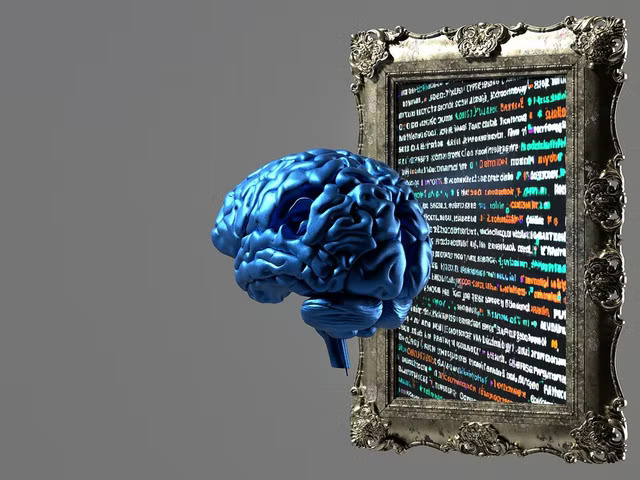Undoubtedly, 2023 will be a huge year for tech revolutions and many technologies that have only been teasing us for years can finally come to reality. Major candidates for such technologies can be Brain computers which have been focused on immensely by Elon Musk’s Neuralink, or the globalization of EVs can also start to pave its way in 2023.
Though we can estimate many predictions no one knows for sure what this new year has to offer in terms of technologies, but still here are our most prominent technologies that will at least start to sow their seeds in 2023.
Brain computers
Elon Musk’s Neuralink Corp. has dived in head-first for making a Brain-computer interface and it will try its best to attach the human brain to computers. Though Neralink is making huge progress and is the potential company to make the first brain-computer-interface but a rival called Paradromics could win approval for a clinical trial of its device in humans. Synchron already has a small human trial up and running.
Inner Cosmos is another company in a race with Neuralink to make the first brain-computer interface, which plans to share some early data by year’s end. Neuroscientists hope BCIs can help treat a swath of disorders, ranging from paralysis to depression. Go, brain chips and human cyborgs.
It would be interesting to know who will be able to attain the feat earlier, and most probably one of them is going to achieve it before 2024.
e-bikes
E-bike sales surpassed $760 million last year, up 15% from 2021, according to NPD Group but it was still not good enough to have any useful impact on the global pollution index. If we are to globalize the concept of e-biking, more companies and better variety and quality of e-bikes must be made and companies like VanMoof are slated to debut sleek, new models. E-bikes will offer a greener, more fun way to travel in 2023 as long as they don’t catch fire.
Nuclear fusion
A fusion reaction involves pushing two nuclei particles from a lightweight element together at enormous speed, fusing them together. The resulting mass produces a large amount of energy without creating much radioactive waste.
In mid-December, scientists at the Lawrence Livermore National Laboratory in California announced they had carried out the first nuclear fusion experiment that created more energy than had been used to start it.
Described as a “shot for the ages”, the historic achievement involved harnessing the same reaction that powers the sun and stars to produce zero-carbon energy for the first time.
Artificial Inteligence
ChatGPT has been the talk of the town for the last couple of months and the release of ChatGPT in November offered a glimpse of a future where computer-generated prose can provide the answers to a seemingly infinite number of questions. And according to most experts, this is just the beginning of a new era of computing and the upcoming years have a lot more to offer than this.
Developed by OpenAI and free to use, ChatGPT has been described as a revolution in artificial intelligence, almost as if you were having a direct conversation with Google.
The beauty of this chatbot is that it sifts through billions of data points in seconds, saving users from the task of trawling the web looking for the precise piece of information they’re after.
Diverting Asteroids
Recently, while trying to come up with the solution to the potential, ‘an asteroid will destroy the earth’ problem. The US space agency’s Double Asteroid Redirection Test team proved that deflecting an asteroid from its path was not only the stuff of Hollywood. In September, Nasa sent a spaceship smashing into a 525ft-diameter asteroid Dimorphos at 14,000 miles (22,530kms) per hour, to find out whether it was possible to alter its trajectory.
Dimorphous was not on a civilization-threatening collision course with Earth, but rather orbit around a larger asteroid, Didymos. Prior to the crash, Dimorphos was circling its parent asteroid every 11 hours and 55 minutes, while afterward its orbit was timed at 11 hours and 23 minutes.
“This marked the first time humanity had deliberately changed the motion of a celestial object and the first full-scale demonstration of asteroid-deflection technology”, Nasa said.
Read More:











